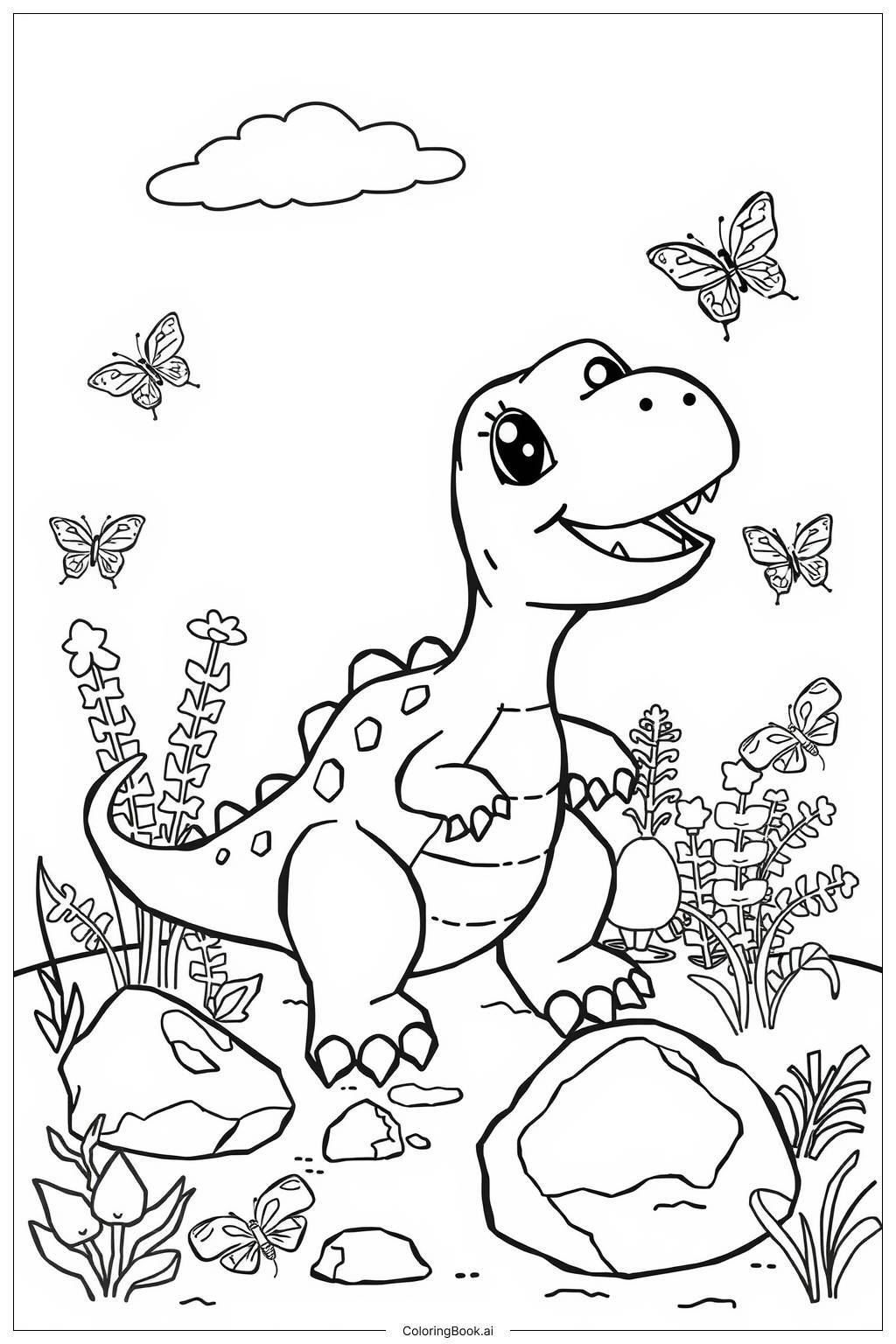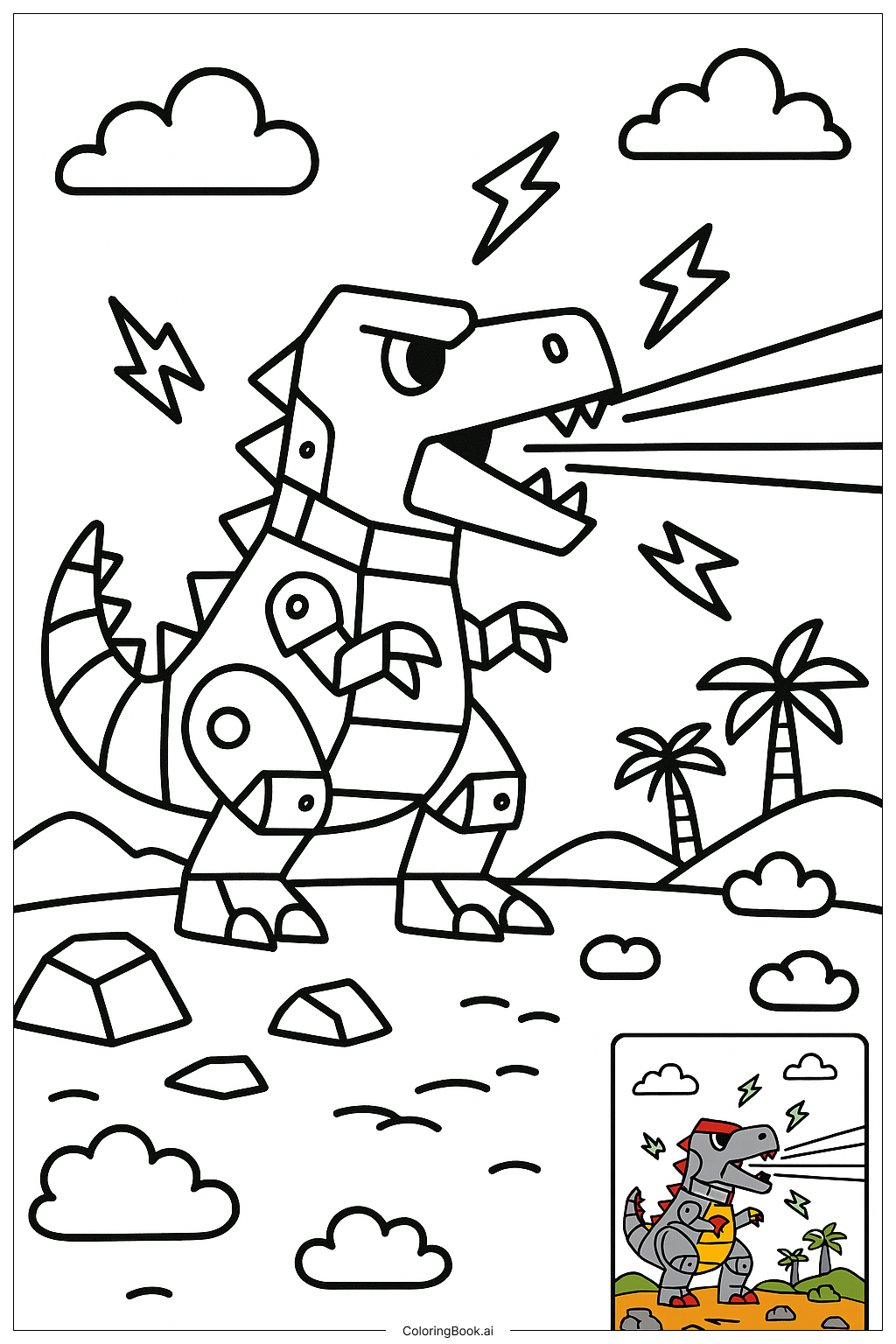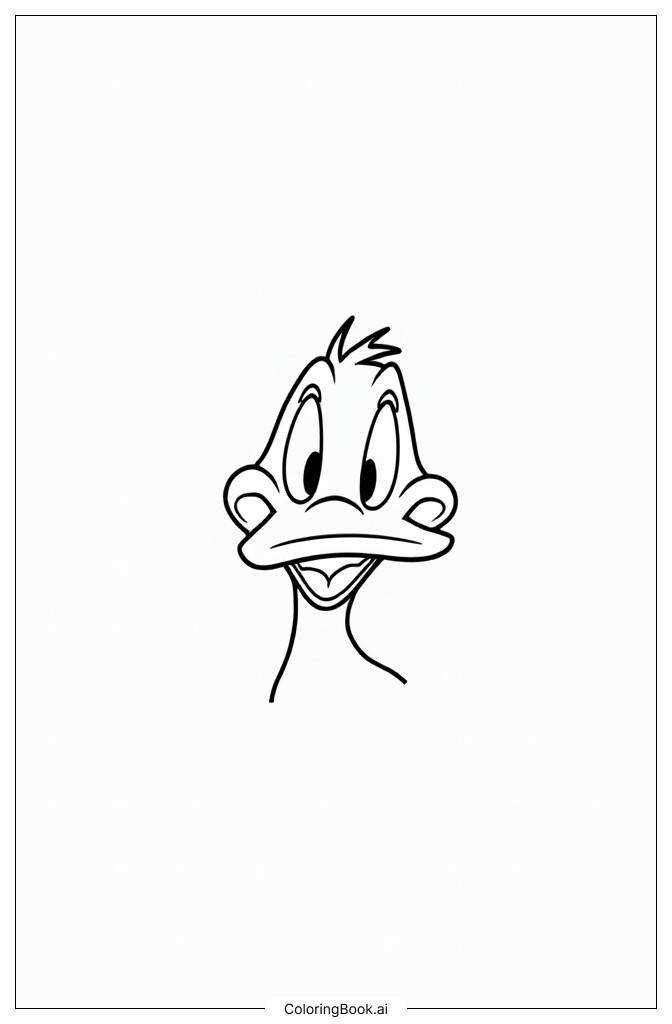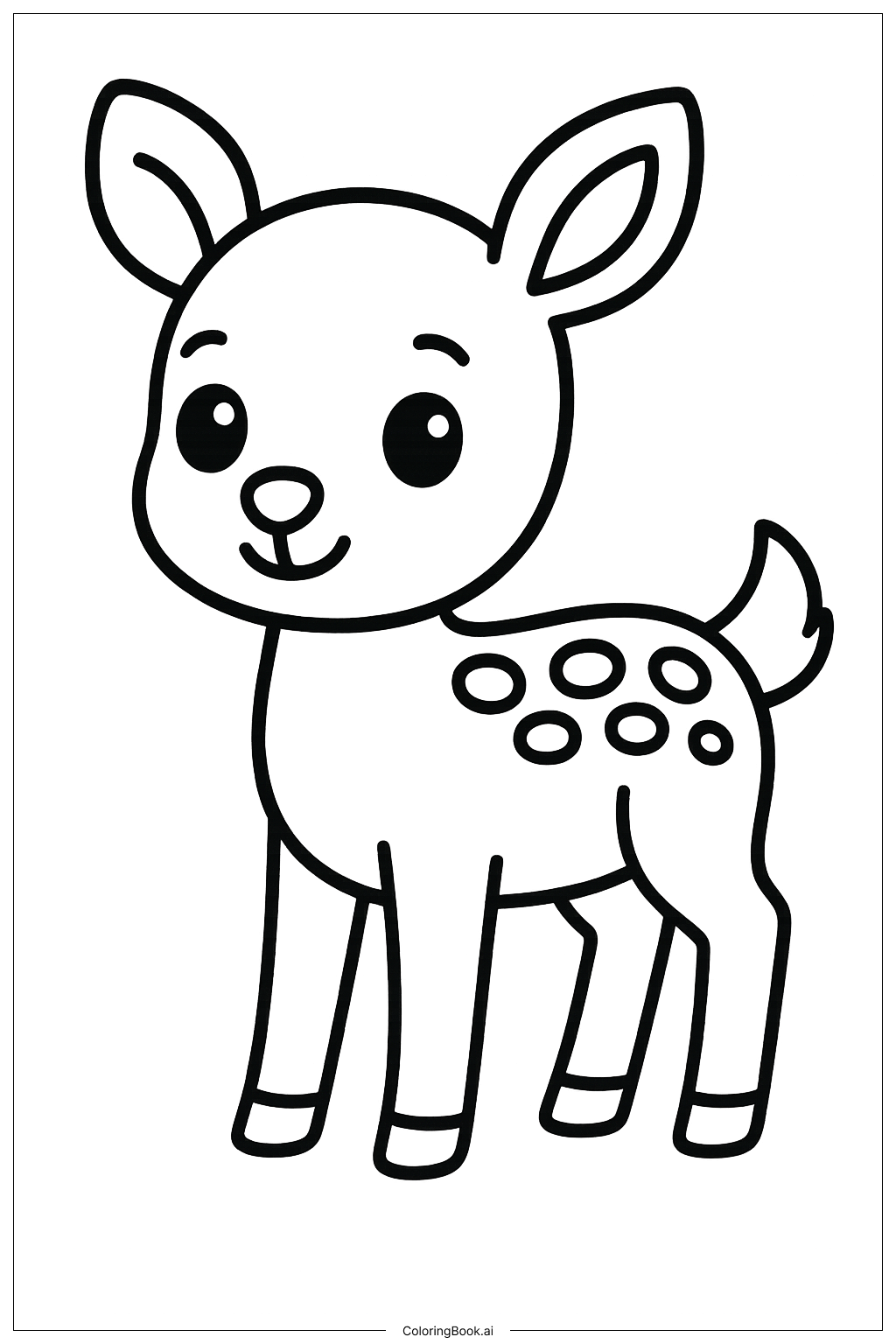Coloring tips: How to color Dinosaur Fossil Discovery coloring page well?
For this coloring page, use bright colors for the dinosaur such as green, blue, or purple to make it stand out. Color the butterflies in bright shades like yellow, orange, and pink to give a lively feel. The plants can be in various greens and browns to show different types of leaves and stems. Use light blue or gray for the cloud to keep a soft sky background. Rocks could be painted in gray tones with some shading to add depth. Try blending different shades to create interesting textures especially on the dinosaur's body and the plants. This will make the picture more fun and dynamic.
Coloring challenges: Which parts are difficult to color and need attention for Dinosaur Fossil Discovery coloring page?
1. The dinosaur has many small details like spots, claws, and teeth that require careful coloring to stay inside the lines. 2. Butterflies have tiny wings with fine patterns which can be tricky to color neatly. 3. The many different plants have overlapping leaves and stems that need attention to avoid mixing colors. 4. Coloring the rocks with shading to show depth can be challenging but adds realism. 5. Keeping the cloud soft and light without making it too bold compared to the rest requires gentle coloring.
Benefits of coloring books: Advantages of drawing Dinosaur Fossil Discovery coloring page
Coloring this page helps improve hand-eye coordination as children carefully color inside small areas. It encourages creativity by choosing colors for the dinosaur and natural elements. Focusing on details like butterflies and plants enhances concentration. It also teaches patience and fine motor skills while managing small spaces. Additionally, coloring a fun dinosaur scene can boost interest in nature and prehistoric animals leading to learning opportunities.








